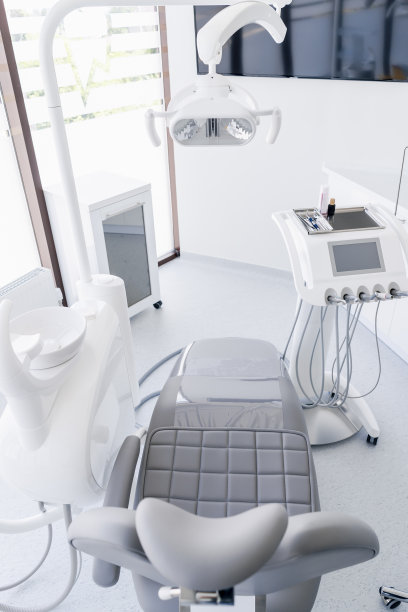The Essential Guide to Extract a Tooth Safely and Comfortably for Optimal Oral Health
Summary: Extracting a tooth is a common dental procedure that can often evoke anxiety and discomfort for patients. This essential guide aims to alleviate those concerns by detailing the steps for safe and comfortable tooth extraction procedures, emphasizing the importance of optimal oral health. It will delve into preparation for the procedure, types of anesthesia used, post-extraction care, and the importance of professional consultation. By following these guidelines, patients can ensure a smoother experience while maintaining their oral health, paving the way for a healthy future.
1. Importance of Preparation Before Tooth Extraction

The journey to a successful tooth extraction begins with meticulous preparation. Before your appointment, its crucial to communicate openly with your dentist about your medical history, allergies, and any medications you are currently taking. This information allows the dentist to tailor the extraction process and reduce the risk of complications.
Additionally, scheduling a consultation prior to the extraction can help address any worries or questions you may have. This consultation often includes diagnostic imaging, such as X-rays, which can help the dentist visualize the tooths position and its roots, informing their extraction strategy.
Lastly, preparing mentally and physically can significantly influence the overall experience. Techniques such as deep breathing or relaxation exercises can help alleviate anxiety, making you feel more comfortable leading up to the procedure.
2. Understanding Anesthesia and Pain Management Options
A critical aspect of tooth extraction is ensuring that the patient experiences minimal discomfort during the procedure. Dentists generally offer two main types of anesthesia: local anesthesia, which numbs the specific area around the tooth, and general anesthesia, which renders the patient unconscious and unaware of the procedure.
Local anesthesia is frequently preferred for simple extractions because it allows patients to remain awake and aware. However, for more complex extractions or for patients with dental anxiety, general anesthesia may be the better option. Discussing your preferences and concerns with your dentist can help determine the most suitable option.
Moreover, understanding the post-anesthesia effects and pain management strategies is vital. Dentists typically prescribe pain relievers or recommend over-the-counter medications to manage discomfort after the extraction. This proactive approach to pain management greatly enhances the patient’s comfort post-procedure.
3. Post-Extraction Care for a Smooth Recovery
The initial hours after tooth extraction are crucial for a smooth recovery. Patients are advised to bite down on a gauze pad for at least 30 minutes after the procedure to promote clotting and minimize bleeding. Its also essential to avoid rinsing or spitting forcefully, as these actions can dislodge the blood clot and lead to dry socket, a painful condition.
Following the extraction, adhering to a soft food diet for a few days can prevent irritation to the extraction site. Foods such as yogurt, applesauce, and smoothies are ideal during this recovery phase, while hot, spicy, or hard foods should be avoided.
Furthermore, maintaining proper hydration and following the dentists specific aftercare instructions, such as scheduled follow-ups, is vital. Regularly monitoring the site for signs of infection, like increased swelling or discharge, can also aid in ensuring a smooth recovery.
4. The Need for Professional Consultation Post-Extraction
After the extraction procedure, returning to your dentist for follow-up appointments is essential for optimal oral health. These visits allow the dentist to evaluate the healing process, ensuring that no complications arise and that the extraction site is healing correctly.
Moreover, this is a perfect opportunity to discuss any persistent issues or concerns that may arise during recovery. Whether it’s continued discomfort or changes in the bite, timely communication with your dental professional can help in promptly addressing such matters.
Lastly, follow-up visits can serve as a reminder to evaluate your overall dental health. The dentist can suggest preventative measures or treatments needed to maintain your smile and avoid future extractions, ensuring a lifetime of optimal oral health.
In conclusion, safely and comfortably extracting a tooth requires careful preparation, effective pain management, diligent post-operative care, and professional follow-up. Understanding each of these components can greatly lessen the apprehension surrounding dental extractions and contribute to better oral health overall. By prioritizing these practices, patients can achieve a more pleasant experience and promote their long-term dental wellness.
This article is compiled by Vickong Dental and the content is for reference only.


